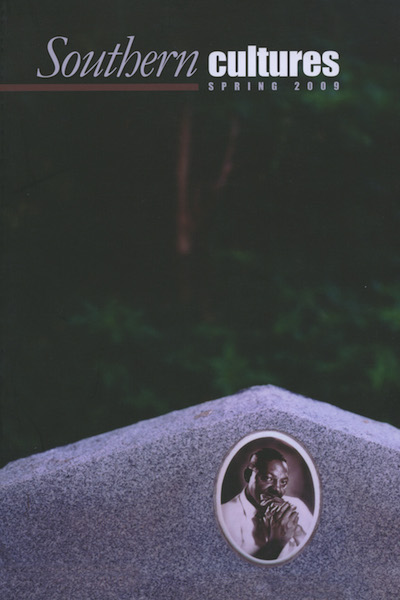University of Virginia Press, 2006
As a native South Carolinian who spent summers in Columbia visiting his grandparents, the first thing I think of when someone mentions Fort Jackson is sweltering heat. As a historian who studies the American South, the second thing I think of is journalist Lee Nichols’s 1953 peek inside a barracks at the fort where “busily cleaning their rifles, Negroes from Mississippi and Arkansas sat on double-decker bunks among whites from Georgia and South Carolina with no apparent antipathy.” C. Vann Woodward viewed this scene with great optimism, anticipating significant improvements in U.S. race relations as “hundreds of thousands of men discharged from the services entered civilian life with an experience that very few, whether Northerners or Southerners, would have ever duplicated elsewhere.” In Black, White & Olive Drab, historian Andrew Myers puts this notion to the test, wondering “What effect, if any, did armed forces integration have in the area around the South Carolina post during the civil rights movement that followed in the fifties and sixties?” Over two hundred pages later, the answer to this seems to be “not much.”


